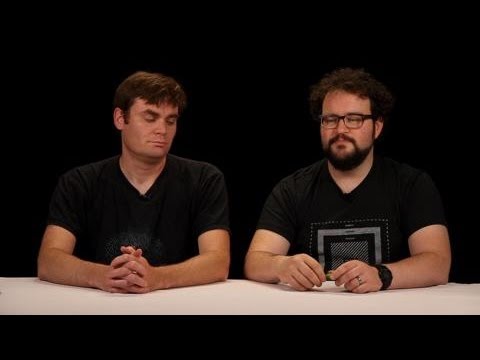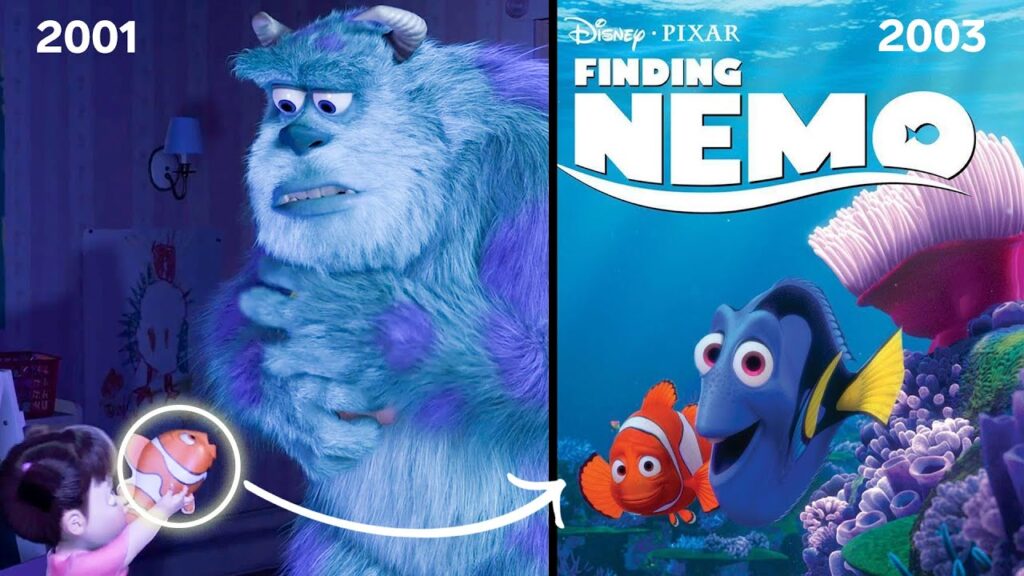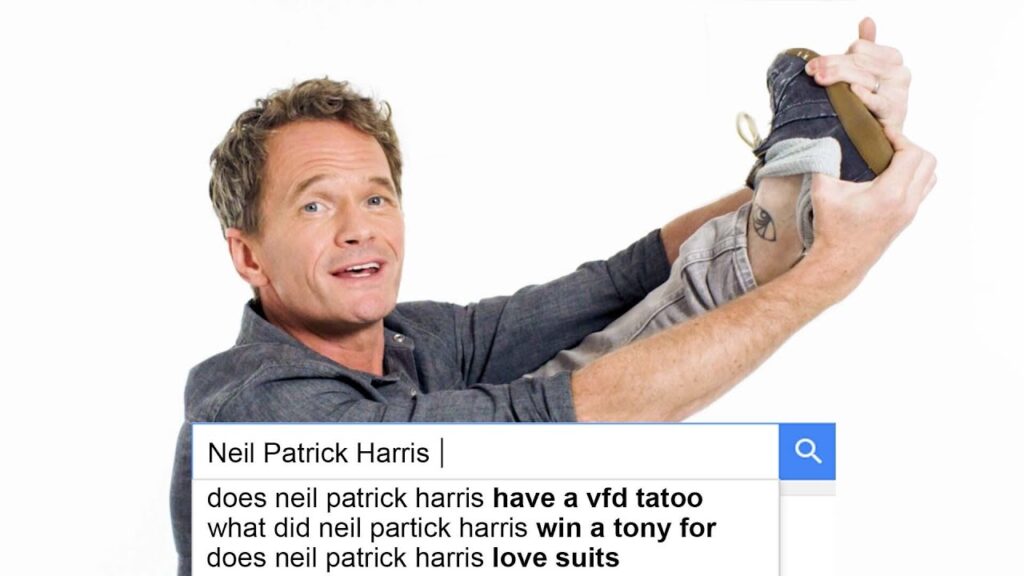Title
Cardboard Sculpting: Building Art from Upcycled Materials with James Lake
Summary
In this Q&A discussion, we get insights into the world of cardboard sculpting from James Lake, an artist who has been creating art from upcycled cardboard for more than 20 years. He discusses his passion for working with cardboard as a medium, the tools he uses, and his techniques for building large, impressive sculptures. Lake also talks about his creative process, the importance of color palettes, and how he protects his art from damage.
Table of Contents
- Introduction
- The Beginning: How James Lake Got into Cardboard Sculpting
- The Building Process: Designing and Creating & Tools and Techniques
- The Creative Process: Color Palettes and Inspiration
- Protecting the Artwork: Waterproofing and Maintenance
- Conclusion
Introduction
Cardboard is not typically viewed as a medium for impressive artwork. However, James Lake has been creating fantastic sculptures from upcycled cardboard for over two decades. In this Q&A article, Lake discusses his passion and technique for cardboard sculpting, as well as his creative process and the tools he uses.
The Beginning: How James Lake Got into Cardboard Sculpting
Q: How did you discover your passion for cardboard sculpting?
A: When I was a child, my parents encouraged me to make things. This had a significant impact on my creativity and eventually led me to try various mediums, including cardboard. I found that creating sculptures from upcycled materials gave me a sense of joy and purpose. I was inspired when I realized that I could take something as mundane as cardboard and turn it into a work of art.
The Building Process: Designing and Creating & Tools and Techniques
Q: Can you describe your process for building large-scale cardboard sculptures?
A: I usually start by designing flat shapes and then add additional cardboard pieces to convert them into a mass. I prefer working with single corrugated, double corrugated, honeycomb, and packaging cardboard as they have different weights and strengths. To cut and shape the cardboard, I use basic tools like scissors, craft knives, and hot melt glue guns. I tend to employ trial-and-error strategies, constantly making mistakes and adjusting my work as I go until I achieve my desired outcome. This process can be both challenging and fulfilling, and that’s what makes it so inspiring.
The Creative Process: Color Palettes and Inspiration
Q: How do you choose your color palettes?
A: When it comes to color, I like to keep it simple. I use a restricted palette and experiment with different shades of paint, pencils, and markers. By using a limited color range, I can focus on the design, form, and proportions of the sculpture. Inspiration for my artwork comes from many sources, including the environment, architecture, and other artists. I enjoy creating artwork that is not only aesthetically pleasing but also has a deeper meaning.
Protecting the Artwork: Waterproofing and Maintenance
Q: How do you protect your cardboard sculptures from exposure to the elements?
A: After finishing a sculpture, I apply a waterproofing agent called Pavopo. This helps protect the artwork from moisture, dust, and other forms of damage. I also take great care when moving and storing my pieces, ensuring that they are secure and out of harm’s way. Over time, as with all art, maintenance is necessary to maintain its appearance, and I regularly check up on past works to ensure they are still intact.
Conclusion
Creating impressive and inspiring artwork from something as humble as cardboard is not for everyone. Still, with the right amount of creativity, knowledge, and skill, it is possible to turn recycled materials into beautiful masterpieces. James Lake has shown that with passion, imagination, and a little bit of trial and error, almost anything is achievable. Through his artwork, he seeks to encourage others to see the potential of recycling and creating sustainable art.







